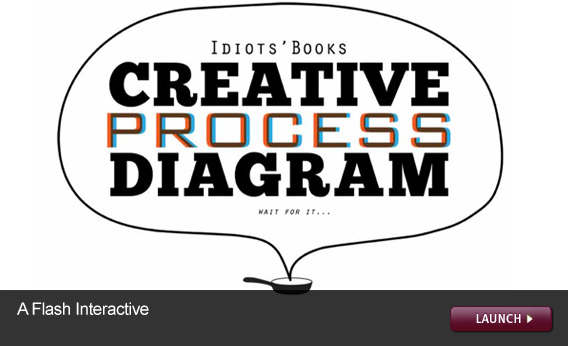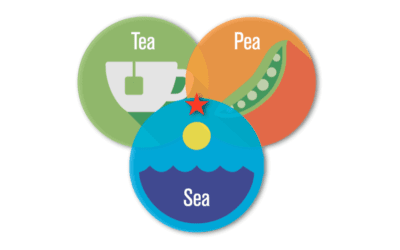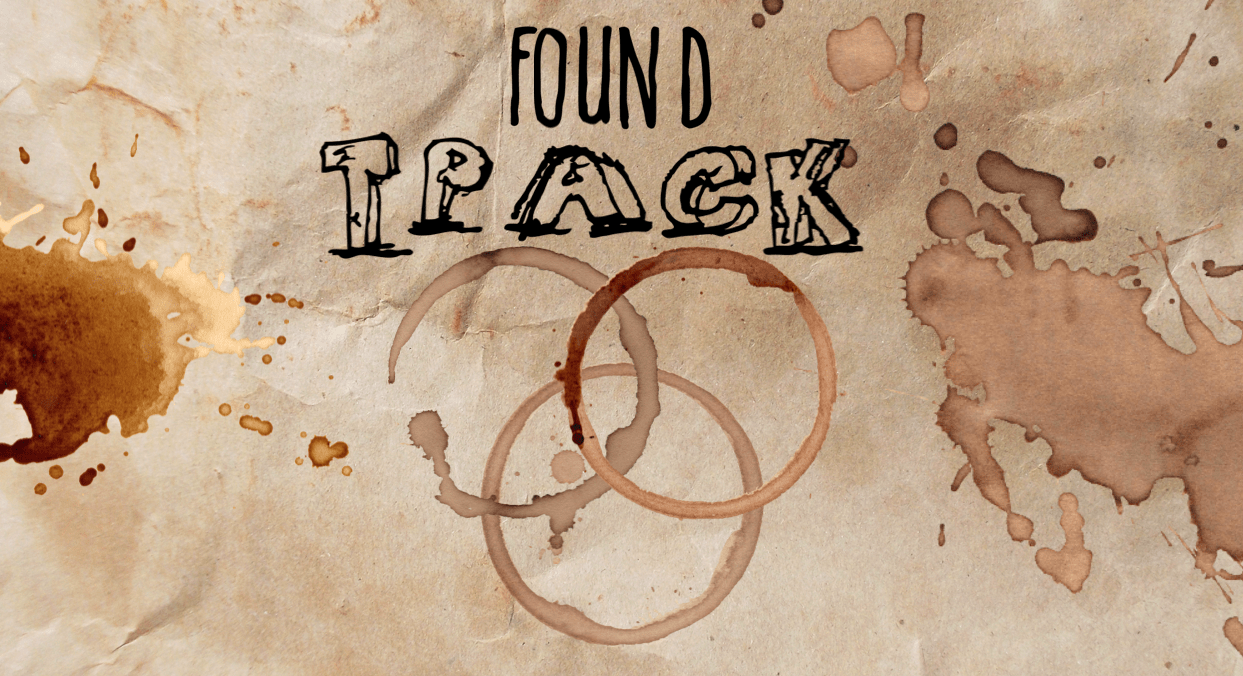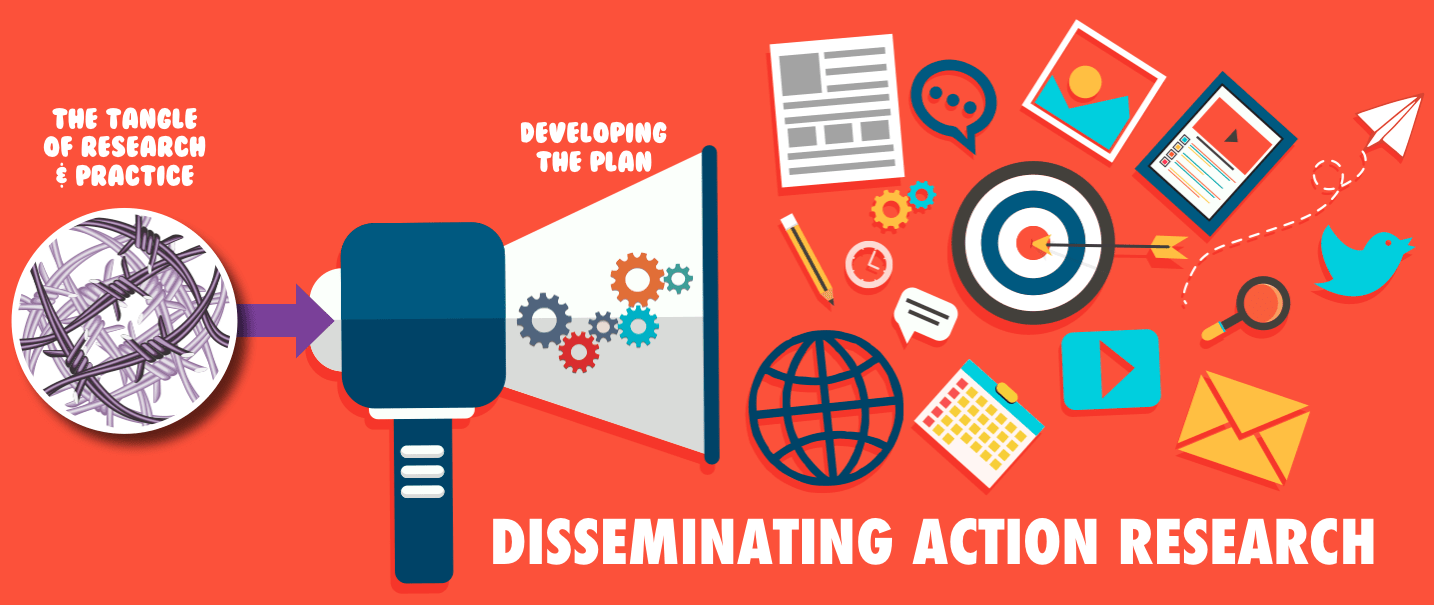
Slate Magazine is running a series on Creative Pairs, or why Two is the Magic Number! Written by Joshua Wolf Shenk the series seeks to understand:
What makes creative relationships work? How do two people—who may be perfectly capable and talented on their own—explode into innovation, discovery, and brilliance when working together? These may seem to be obvious questions. Collaboration yields so much of what is novel, useful, and beautiful that it’s natural to try to understand it.
The series is an excellent introduction to the research on creative collaboration has most interestingly has a series of case studies of creative pairs. The first pair studied were John Lennon & Paul McCartney and followed their careers over time and how the “push-pull” between these two creative personalities led to some of the greatest music of the 20th Century.
The next set of profiles focuses on Matthew Swanson & Robbi Behr, the couple behind Idiot’s Books. Joshua Shenk inflicts on them “a series of experiments, stunts, and adventures” with the goal of shedding “light on the nature of their collaboration—and on the broader questions of relationships, psychology, and creativity.” So far the couple has been given a battery of psychological tests, tolerated a tour of their home and studio, sat on a couch for a psychoanalytic session, and finally, created a verbal/visual map of their creative process. As Shenk says, “What they came up with turned out to both nicely illustrate how they work and to perfectly embody their Idiocy.” I completely and totally recommend anybody interested in creativity to take a look at this somewhat interactive feature: Idiot Books, Creative Process Diagram.





Andy, I used this very video in a workshop I did for teachers at the Clark County School District this past Saturday. We watched the video together and then participants worked in groups to create demotivational posters. You can see some of the poster thus created here: http://punyamishra.com/2010/10/25/creativity-in-las-vegas/
~ punya
Someone shared this RSA whiteboard piece from a Steve Johnson talk on his newest book. I like the “collision of dormant hunches”. http://www.youtube.com/watch?v=NugRZGDbPFU
One famous joke about the mathematicians Hardy and Littlewood was that there were three great mathematicians at that time. One was Hardy. The other was Littlewood. And the third was Hardy-Littlewood.